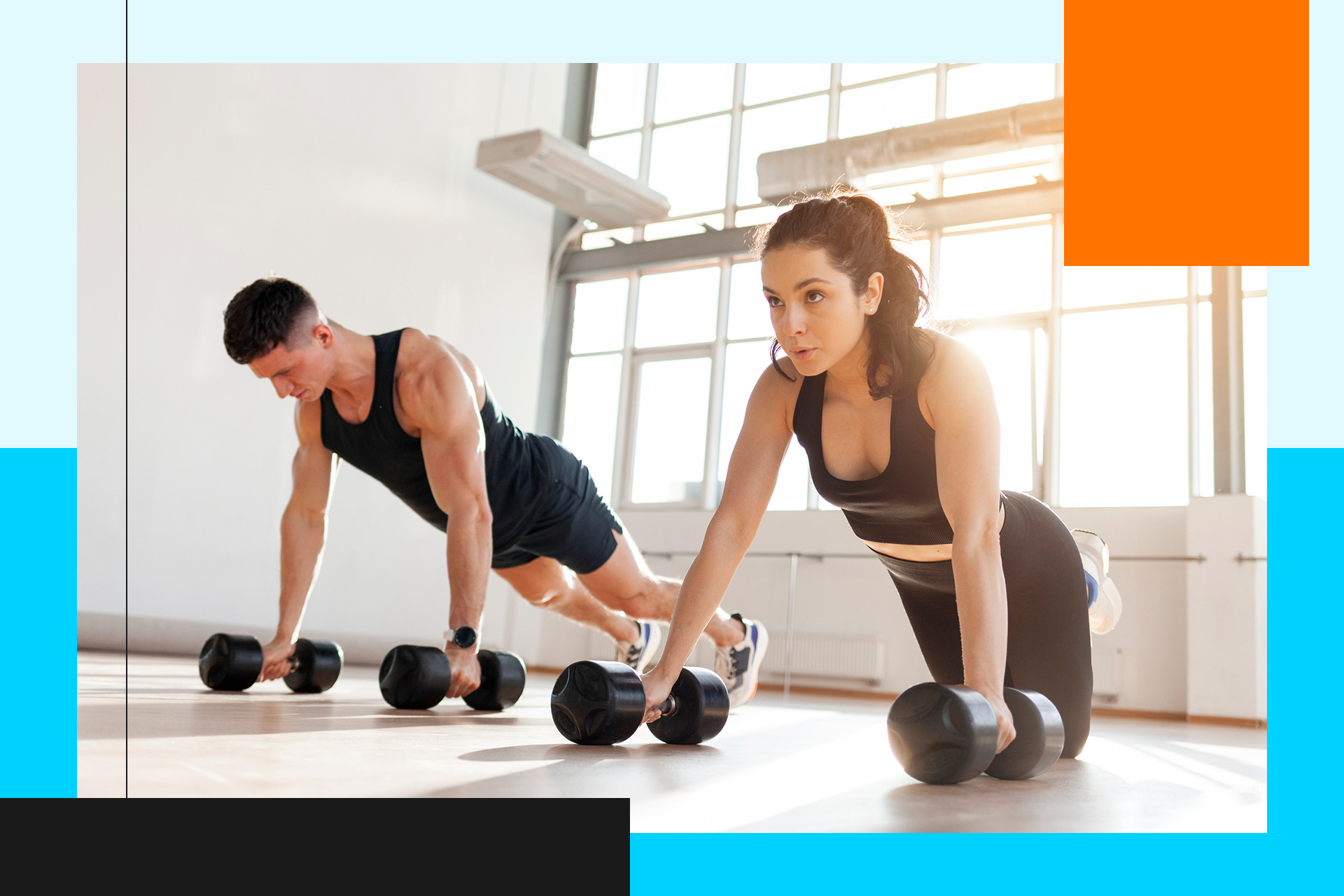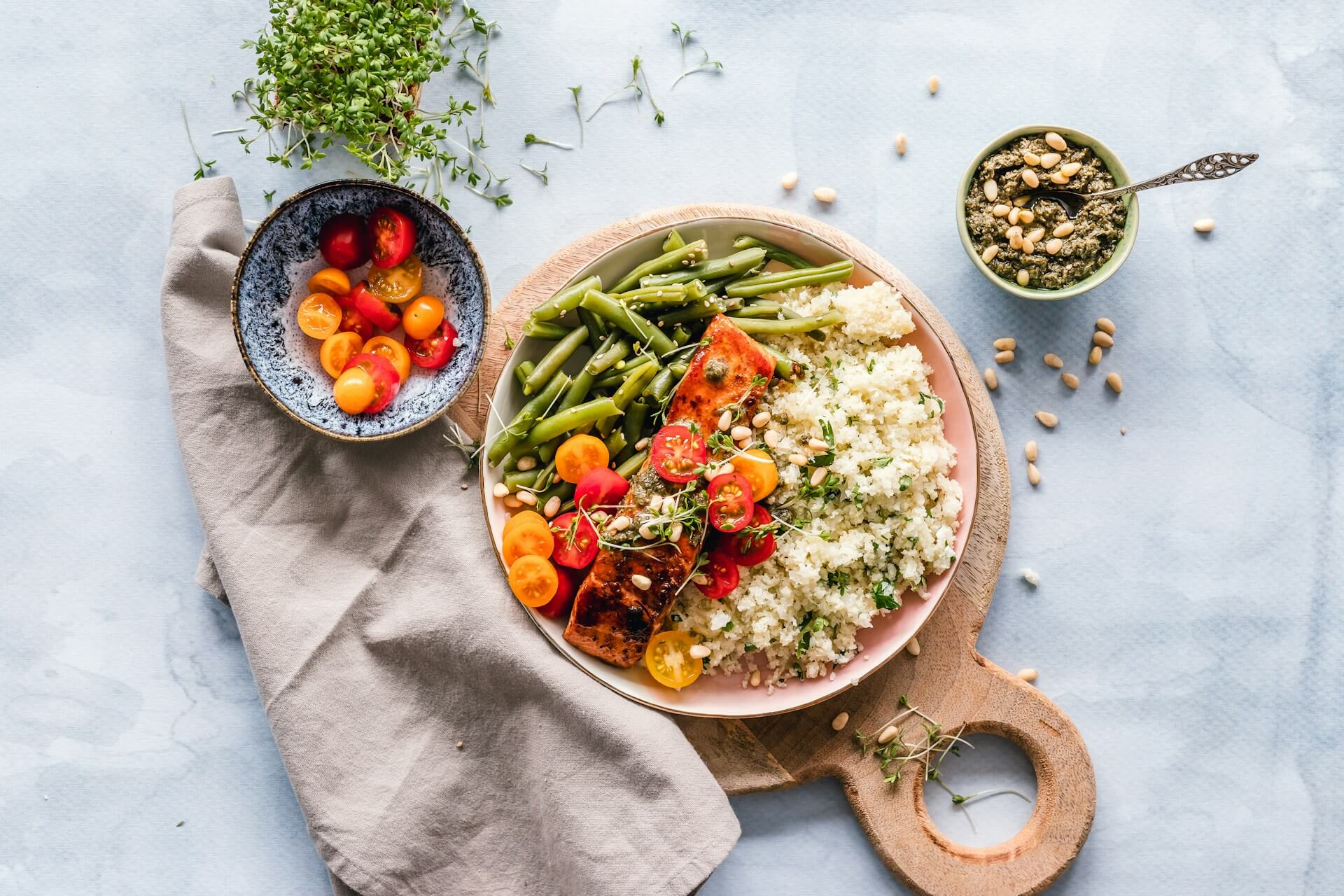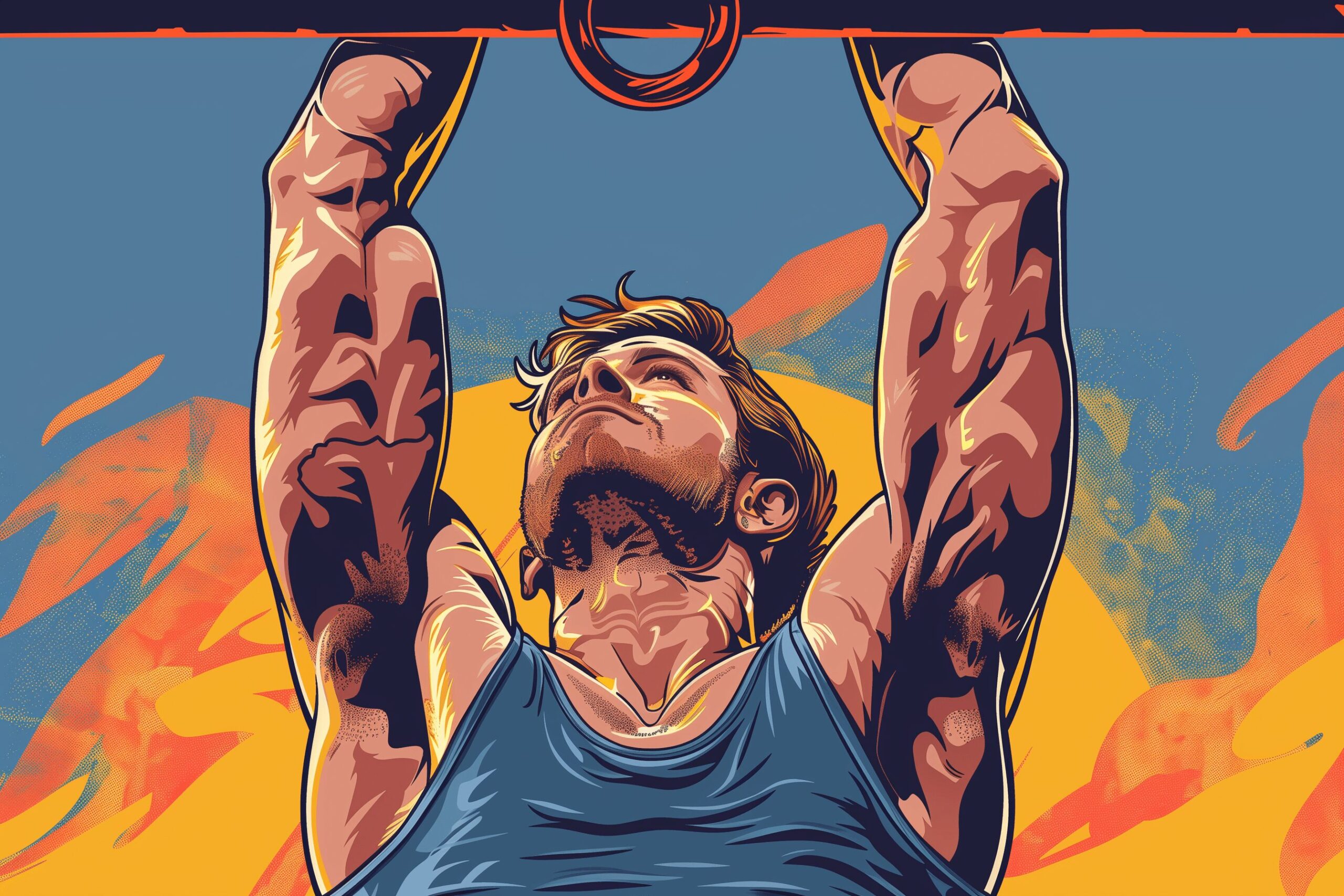Push-ups Benefits: What Makes the Push-up Great?
Apr 08, 2022

As an Amazon Associate, Modded gets commissions for purchases made through links in this post.
The push-up is a tried and true upper body exercise with many variations. It will make a great addition to your workout routine, and you can expect to see many benefits from it. But what exactly makes this classic exercise so great and timeless? Let’s explore the various push-ups benefits and how you can get the most out of the exercise.
Push-ups Benefits
The push-up has five main benefits and advantages compared to other upper body exercises. You will notice some of them right away, while others take time to develop. As a general rule, you should give a routine at least a few weeks before evaluating your progress. Building muscle does not happen overnight.
1. Works All Push Muscles
The push-up works all of your upper body’s push muscles: the chest, shoulders and triceps. The only other exercise that can make that claim is the bench press, putting the push-up in an elite class. You can also choose which muscle group to target more by adjusting your form and doing variations of the exercise.
For example, an incline push-up targets the shoulders and upper chest more. A close-grip push-up takes your shoulders and chest out of the equation and focuses on the triceps. The traditional push-up hits all three muscles, with a slight emphasis on the chest. Play around with your form until you feel the burn in all three muscle groups.
2. Builds Functional Strength
Like all other bodyweight exercises, the push-up builds your functional strength. The ability to push your own weight can come in handy in real-world situations. Push-ups also develop your core strength because your body has to stabilize itself throughout the movement. You don’t have a bench or platform to rely on for assistance.
The strength you gain from doing push-ups translates to other exercises as well. Add the push-up to your routine and you can expect your bench press, shoulder press and other pushing exercises to improve.
3. Less Stress on Joints
Push-ups put less strain on your shoulder, elbow and wrist joints than other exercises. The exercise has this effect for two reasons. First, you can only push so much weight. You can go too heavy on other exercises, but the push-up is only as heavy as your body weight (assuming you don’t add more weight).
Second, the range of motion is more agreeable with our joints. For example, you can’t overextend on push-ups like you can with the lateral shoulder raise. Your body’s flexibility solely determines the push-up’s range of motion, making it safer than most other exercises.
4. Improves Posture
It will take time to notice this benefit, but the push-up improves your posture as effectively as any stretch (assuming you do the exercise with proper form). Your back must stay straight throughout the activity, contributing to a straighter overall back. The push-up also takes stress off your lower back, the main area that influences your posture.
If you struggle with back pain and poor posture, the push-up can alleviate some stress. However, one exercise alone won’t solve your problem. Incorporate other exercises into your routine and do the right stretches to regain good posture.
5. Easy Access
The primary reason push-ups remain a staple in the fitness world is that you can do them just about anywhere. You can do push-ups in your bedroom, in your backyard, at the gym or any other appropriate place with a flat, stable surface. No matter your daily schedule, you can find the time to do some push-ups.
The push-up is also a great way for beginners to test their strength and build a solid foundation before upgrading to a full-time workout routine.
Get the Most Out of Your Push-ups
Like any other exercise, you determine the effectiveness of the push-up’s benefits. Do not expect it to replace all other upper body exercises and cure your back pain. You can only get the most out of the push-up’s benefits by doing these five things.
1. Use Proper Form
Proper form is essential for progress. You can’t expect to get bigger and stronger by doing the exercise incorrectly. Beginners find it difficult to maintain good form during the exercise, but you just have to check off several mental cues:
- Imagine your hands and feet are glued to the floor.
- Keep your back as straight as possible.
- Tuck your elbows close to your body.
- Brace your core.
Each rep should look exactly the same. You should feel your muscles working together to push your body. If you don’t feel the muscles working, you’re probably missing one of these cues. Make proper form your top priority.
2. Don’t Do Them Every Day
The “300 push-ups a day” routine might get you results in the first couple of weeks, but progress will quickly peter out after your body gets used to the routine. Plus, you need to give your body at least 48 hours to recover. If you do a lot of push-ups every day, your chest, shoulders and triceps won’t recover. You’re asking for an injury.
On the flip side, doing push-ups several times a week gives the muscles ample recovery time and makes each workout more beneficial. Rest is a vital part of exercise that even professionals sometimes take for granted.
3. Remember Progressive Overload
You also can’t expect your progress to continue from doing the same workout. You have to make minor adjustments to your routine as time goes on. This process is known as “progressive overload” in the fitness community. You can add progressive overload to the push-up exercise in several ways:
- Do more reps
- Reduce your rest time between sets
- Add more weight
- Do the exercise with a slower tempo
- Make small improvements to your form
Every time you prepare to do your push-ups, think about how you can add another layer of difficulty to the exercise. Progressive overload is the only way to ensure continuous improvement in muscle and strength gains.
4. Try Different Variations
As great as the traditional push-up might be, you can’t get much progress out of one exercise. Try doing different push-up variations to attack your chest, shoulder and triceps from different angles. All three muscle groups have different parts that require special adjustments and variations. A well-rounded workout routine builds a well-rounded physique.
5. Have the Right Diet
Building muscle is a two-part process that involves exercise AND nutrition. You need to have the proper muscle-building diet to ensure you get the most out of your workouts. We won’t get into the specifics of “bulking” here, but make sure you nail down these two details every day:
- Eat more calories than you burn.
- Eat at least .8 grams of protein per pound of body weight.
Eating above your maintenance calories and getting plenty of protein is the recipe for muscle growth. It’s the only way your body can grow, outside of steroids. Get your eating habits right and set your body up for success!
Add Push-ups to Your Program
With all of the potential benefits, adding the push-up to your training program is a no-brainer. It can build strength and muscle, plus aid in posture and joint health. However, you can only expect to see these benefits by doing proper form, constantly making your workouts more difficult (progressive overload) and eating right. Let’s get to work!





